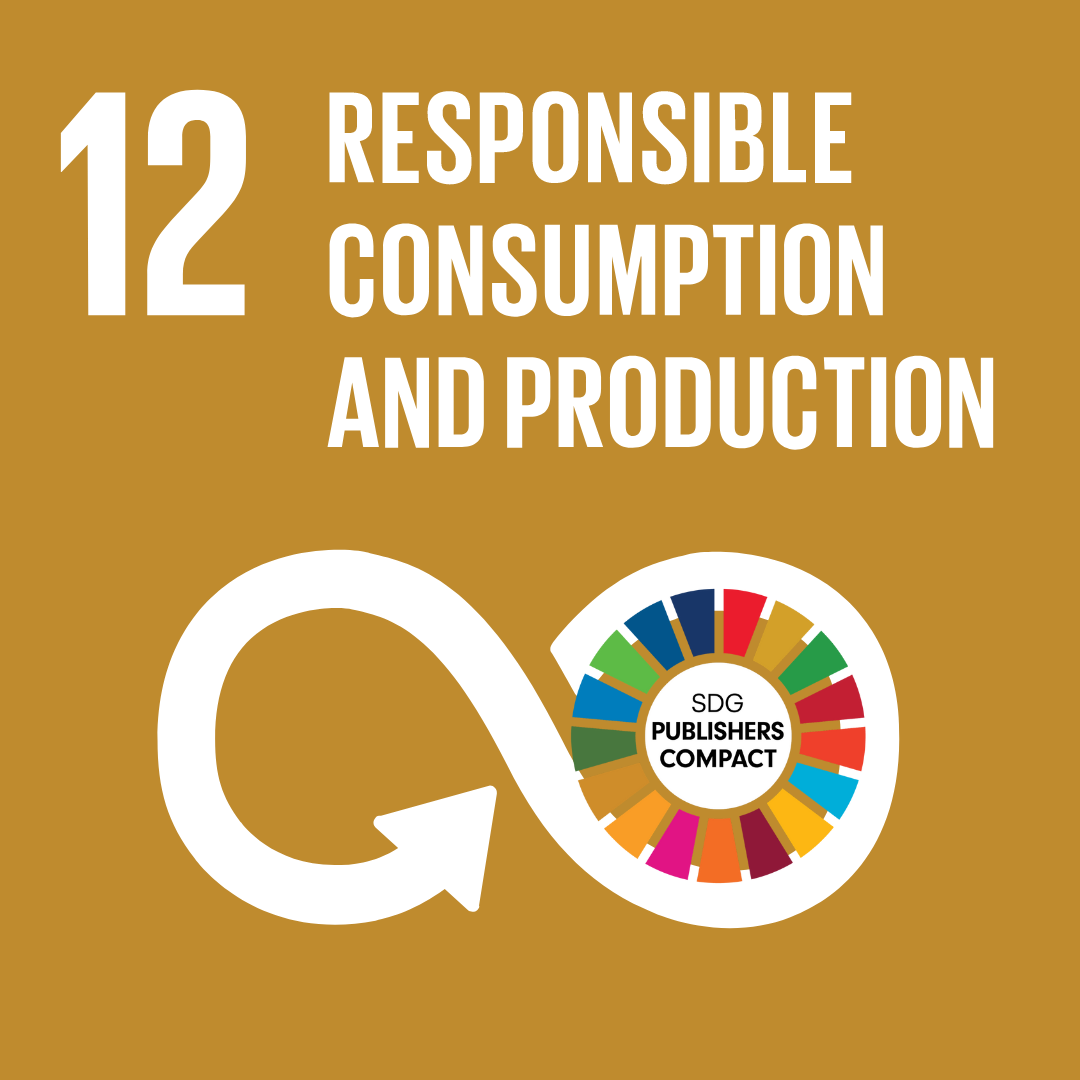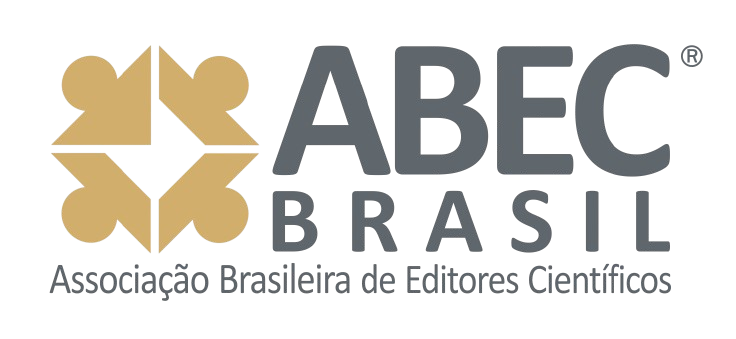Circular Economy in the Steel Brazilian Industry: Trends and Future Challenges
DOI:
https://doi.org/10.24883/eagleSustainable.v14i.449Keywords:
Economia circular, Aço no Brasil, Tendências 2035, Mercado de carbono, SucataAbstract
Purpose: Examine the role of the circular economy in the steel sector, highlighting trends and challenges faced in its transition to more sustainable practices.
Methodology/approach: This research is centered on a qualitative analysis of the steel production chain in Brazil. Information was gathered using in-depth interviews and was examined through an abductive approach involving purposive sampling.
Originality/relevance: This study highlights the main trends, examines the challenges, and outlines the best practices within the Brazilian industry steel sector, framed within the context of the circular economy.
Key findings: The results show that Brazil is aligned with global sustainability and circularity trends in the steel industry, albeit with particular challenges.
Theoretical/methodological contributions: The findings of this investigation are intended to establish a basis for mapping out the trends in Brazil's steel industry by 2035.
Downloads
References
ABCM. (2024). Roadmap Brasil da construção modular. https://bit.ly/3W9hduL
Allwood, J. M., Cullen, J. M., & Milford, R. L. (2010). Options for achieving a 50% cut in industrial carbon emissions by 2050. Environmental Science & Technology, 44(6), 1888-1894. https://doi.org/10.1021/es902909k DOI: https://doi.org/10.1021/es902909k
Andrade, M. L. A. D., Cunha, L. M. D. S., & Gandra, G. T. (2000). A ascensão das mini-mills no cenário siderúrgico mundial. BNDES.
Bataille, C., Stiebert, S., Hebeda, O., Trollip, H., McCall, B., & Vishwanathan, S. S. (2023). Towards net-zero emissions concrete and steel in India, Brazil and South Africa. Climate Policy, 1-16. https://doi.org/10.1080/14693062.2023.2187750 DOI: https://doi.org/10.1080/14693062.2023.2187750
Bocken, N. M. P., Pauw, I., Bakker, C., & Van der Grinten, B. (2016). Product design and business model strategies for a circular economy. Journal of Industrial and Production Engineering, 33(5), 308-320. https://doi.org/10.1080/21681015.2016.1172124 DOI: https://doi.org/10.1080/21681015.2016.1172124
Branca, T. A., Colla, V., Algermissen, D., Granbom, H., Martini, U., Morillon, A. . . ., & Rosendahl, S. (2020). Reuse and recycling of by-products in the steel sector: Recent achievements paving the way to circular economy and industrial symbiosis in Europe. Metals, 10(3). https://doi.org/10.3390/met10030345 DOI: https://doi.org/10.3390/met10030345
Carmignano, O. R., Vieira, S. S., Teixeira, A. P. C., Lameiras, F. S., Brandão, P. R. G., & Lago, R., M. (2021). Iron ore tailings: Characterization and applications. Journal of the Brazilian Chemical Society, 32(10), 1895-1911. https://doi.org/10.21577/0103-5053.20210100 DOI: https://doi.org/10.21577/0103-5053.20210100
Carvalho, D. (2024, 30 de Janeiro). What’s next for green steelmaking technologies? Woodmackenzie. https://bit.ly/4d8MfJ4
Cavaliere, P. (2019). Clean ironmaking and steelmaking processes: Efficient technologies for greenhouse emissions abatement. Springer. DOI: https://doi.org/10.1007/978-3-030-21209-4
Cocchieri, T. (2008). Criatividade em uma perspectiva estético-cognitiva (Dissertação de Mestrado). Universidade Estadual Paulista “Júlio de Mesquita Filho”, Marília, SP.
Comissão Europeia. (2015). Fechar o ciclo-plano de ação da UE para a economia circular. Official Journal of the European Union, 24.
Corley, K. G., & Gioia, D. A. (2011). Building theory about theory building: What constitutes a theoretical contribution? Academy of Management Review, 36(1), 12-32. DOI: https://doi.org/10.5465/amr.2009.0486
Dragt, E. (2017). How to research trends: Move beyond trend watching to kickstart innovation. Laurence King Publishing.
Fărcean, I., Proştean, G., & Socalici, A. (2023). Sustainable development indicators in the steel industry. Journal of Physics: Conference Series, 2540(1). https://doi.org/10.1088/1742-6596/2540/1/012045 DOI: https://doi.org/10.1088/1742-6596/2540/1/012045
Graedel, T. E., Reck, B. K., Ciacci, L., & Passarini, F. (2019). On the spatial dimension of the circular economy. Resources, 8(1). https://doi.org/10.3390/resources8010032 DOI: https://doi.org/10.3390/resources8010032
Haas, W., Krausmann, F., Wiedenhofer, D., & Heinz, M. (2015). How circular is the global economy?: An assessment of material flows, waste production, and recycling in the European Union and the world in 2005. Journal of Industrial Ecology, 19(5), 765-777. https://doi.org/10.1111/jiec.12244 DOI: https://doi.org/10.1111/jiec.12244
Hoon, C., & Baluch, A. M. (2020). The role of dialectical interrogation in review studies: Theorizing from what we see rather than what we have already seen. Journal of Management Studies, 57(6), 1246-1271. https://doi.org/10.1111/joms.12543 DOI: https://doi.org/10.1111/joms.12543
IEA. (2020). Iron and steel technology roadmap. https://bit.ly/446QWz8
Instituto Aço Brasil. (2023). Aço & sustentabilidade 2023. https://bit.ly/3xICj99
IRENA. (2023). Towards a circular steel industry. https://bit.ly/3U6uRMr
Javaid, A., & Essadiqi, E. (2003). Final report on scrap management, sorting and classification of steel. Natural Resources Canada, 23, 1-22. http://doi.org/10.13140/RG.2.2.29333.12003
Li, X., Chertow, M., Guo, S., Johnson, E., & Jiang, D. (2020). Estimating non-hazardous industrial waste generation by sector, location, and year in the United States: A methodological framework and case example of spent foundry sand. Waste Management, 118, 563-572. https://doi.org/10.1016/j.wasman.2020.08.056 DOI: https://doi.org/10.1016/j.wasman.2020.08.056
Lopez, G., Farfan, J., & Breyer, C. (2022). Trends in the global steel industry: Evolutionary projections and defossilisation pathways through power-to-steel. Journal of Cleaner Production, 375. https://doi.org/10.1016/j.jclepro.2022.134182 DOI: https://doi.org/10.1016/j.jclepro.2022.134182
MacArthur, E., & Heading, H. (2019). How the circular economy tackles climate change. Ellen MacArthur Found, 1, 1-71.
McNulty, T., Zattoni, A., & Douglas, T. (2013). Developing corporate governance research through qualitative methods: A review of previous studies. Corporate Governance: An International Review, 21(2), 183-198. https://doi.org/10.1111/corg.12006 DOI: https://doi.org/10.1111/corg.12006
Morseletto, P. (2020). Targets for a circular economy. Resources, Conservation and Recycling, 153. https://doi.org/10.1016/j.resconrec.2019.104553 DOI: https://doi.org/10.1016/j.resconrec.2019.104553
Munaro, M. R., Tavares, S. F., & Bragança, L. (2020). Towards circular and more sustainable buildings: A systematic literature review on the circular economy in the built environment. Journal of Cleaner Production, 260. https://doi.org/10.1016/j.jclepro.2020.121134 DOI: https://doi.org/10.1016/j.jclepro.2020.121134
Nogueira, I. M, & Madureira, M. T. (2022). A indústria siderúrgica no Brasil. Research, Society and Development, 11(16). https://doi.org/10.33448/rsd-v11i16.38241 DOI: https://doi.org/10.33448/rsd-v11i16.38241
Pauliuk, S., Wang, T., & Müller, D. B. (2012). Moving toward the circular economy: The role of stocks in the Chinese steel cycle. Environmental Science & Technology, 46(1), 148-154. https://doi.org/10.1021/es201904c DOI: https://doi.org/10.1021/es201904c
Rech, S. R. (2016). A qualitative research on trends studies. Artigo apresentado no III International Fashion and Design Congress, Buenos Aires.
Rech, S. R., & Maciel, D. M. H. (2015). A proposal for prospective method based on grounded theory. Artigo apresentado na XI International European Academy of Design Conference.
Reck, B. K., Müller, D. B., Rostkowski, K., & Graedel, T. E. (2008). Anthropogenic nickel cycle: Insights into use, trade, and recycling. Environmental Science & Technology, 42(9), 3394-3400. https://doi.org/10.1021/es072108l DOI: https://doi.org/10.1021/es072108l
Reck, B. K., & Graedel, T. E. (2012). Challenges in metal recycling. Science, 337(6095), 690-695. https://doi.org/10.1126/science.1217501 DOI: https://doi.org/10.1126/science.1217501
Spaulding, S. A., Irvin, L. K., Horner, R. H., May, S. L., Emeldi, M., Tobin, T. J., & Sugai, G. (2010). Schoolwide social-behavioral climate, student problem behavior, and related administrative decisions: Empirical patterns from 1,510 schools nationwide. Journal of Positive Behavior Interventions, 12(2), 69-85. https://doi.org/10.1177/1098300708329011 DOI: https://doi.org/10.1177/1098300708329011
Thomas, J. S., & Birat, J. P. (2013). Methodologies to measure the sustainability of materials: Focus on recycling aspects. Revue de Metallurgie. Cahiers D’Informations Techniques, 110(1), 3-16. https://doi.org/10.1051/metal/2013054 DOI: https://doi.org/10.1051/metal/2013054
Wang, P., Ryberg, M., Yang, Y., Feng, K., Kara, S., Hauschild, M., & Chen, W. Q. (2021). Efficiency stagnation in global steel production urges joint supply-and demand-side mitigation efforts. Nature Communications, 12(1). https://doi.org/10.1038/s41467-021-22245-6 DOI: https://doi.org/10.1038/s41467-021-22245-6
WSA. (2021). Climate change and the production of iron and steel. https://bit.ly/4b6k4sD
WSA. (2023a). Circular economy/steel: The permanent material in the circular economy. https://worldsteel.org/circular-economy/
WSA. (2023b). Sustainability indicators 2023 report. https://bit.ly/3QaJMEj
WSA. (2023c). World Steel in Figures 2023. https://bit.ly/4b3aWEX
Xiao, Y., Ma, D., Zhang, F., Zhao, N., Wang, L., Guo, Z., ... & Xiao, Y. (2023). Spatiotemporal differentiation of carbon emission efficiency and influencing factors: From the perspective of 136 countries. Science of the Total Environment, 879. https://doi.org/10.1016/j.scitotenv.2023.163032 DOI: https://doi.org/10.1016/j.scitotenv.2023.163032
Yuan, S., Zhang, Q., Yin, H., & Li, Y. (2021). Efficient iron recovery from iron tailings using advanced suspension reduction technology: A study of reaction kinetics, phase transformation, and structure evolution. Journal of Hazardous Materials, 404. https://doi.org/10.1016/j.jhazmat.2020.124067 DOI: https://doi.org/10.1016/j.jhazmat.2020.124067

Downloads
Published
How to Cite
Issue
Section
License
Copyright (c) 2024 Iberoamerican Journal of Competitive Intelligence

This work is licensed under a Creative Commons Attribution 4.0 International License.
Authors who publish with this journal agree to the following terms:
1. Authors who publish in this journal agree to the following terms: the author(s) authorize(s) the publication of the text in the journal;
2. The author(s) ensure(s) that the contribution is original and unpublished and that it is not in the process of evaluation by another journal;
3. The journal is not responsible for the views, ideas and concepts presented in articles, and these are the sole responsibility of the author(s);
4. The publishers reserve the right to make textual adjustments and adapt texts to meet with publication standards.
5. Authors retain copyright and grant the journal the right to first publication, with the work simultaneously licensed under the Creative Commons Atribuição NãoComercial 4.0 internacional, which allows the work to be shared with recognized authorship and initial publication in this journal.
6. Authors are allowed to assume additional contracts separately, for non-exclusive distribution of the version of the work published in this journal (e.g. publish in institutional repository or as a book chapter), with recognition of authorship and initial publication in this journal.
7. Authors are allowed and are encouraged to publish and distribute their work online (e.g. in institutional repositories or on a personal web page) at any point before or during the editorial process, as this can generate positive effects, as well as increase the impact and citations of the published work (see the effect of Free Access) at http://opcit.eprints.org/oacitation-biblio.html
• 8. Authors are able to use ORCID is a system of identification for authors. An ORCID identifier is unique to an individual and acts as a persistent digital identifier to ensure that authors (particularly those with relatively common names) can be distinguished and their work properly attributed.












